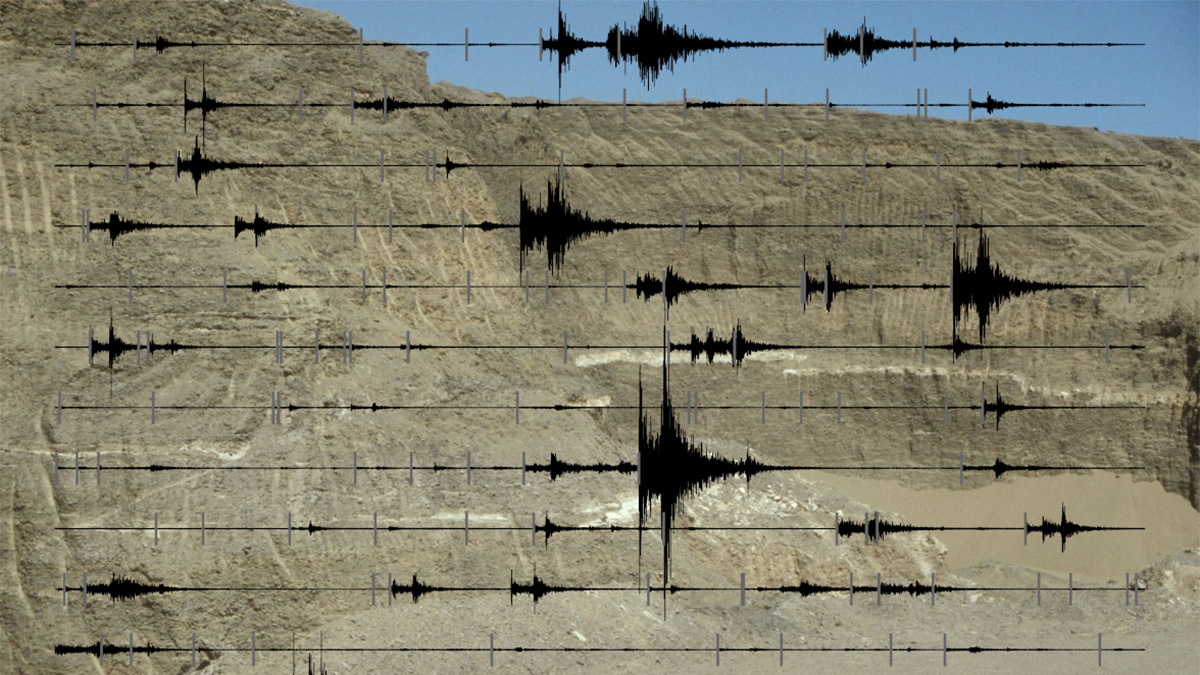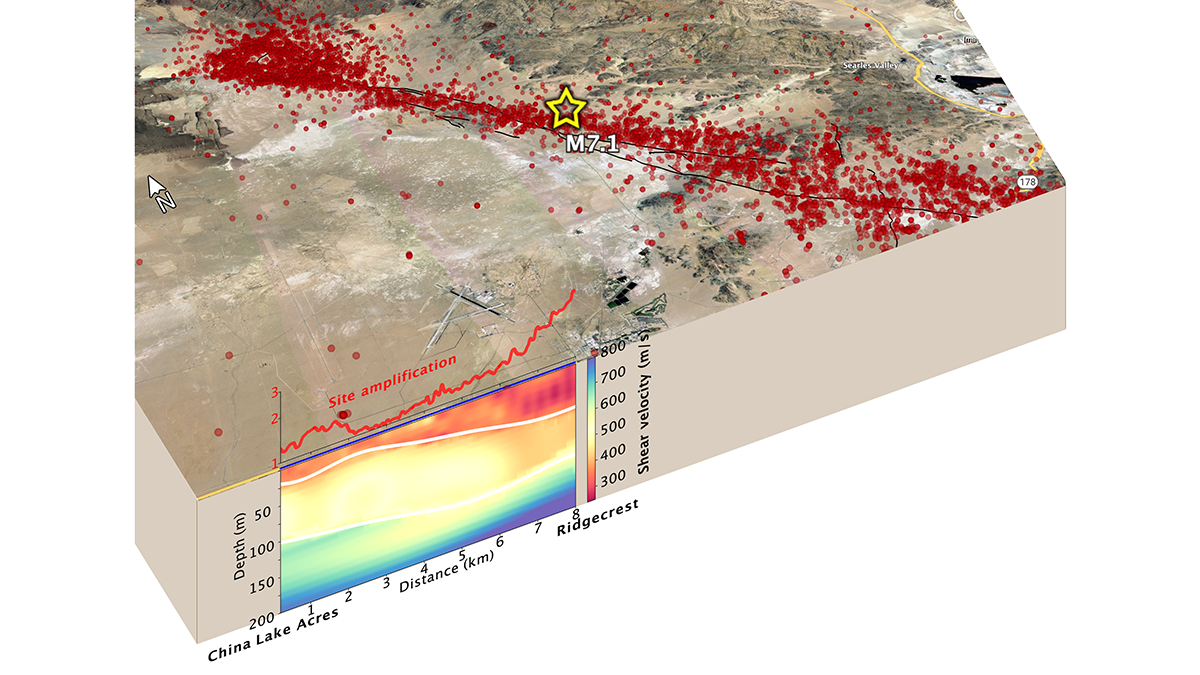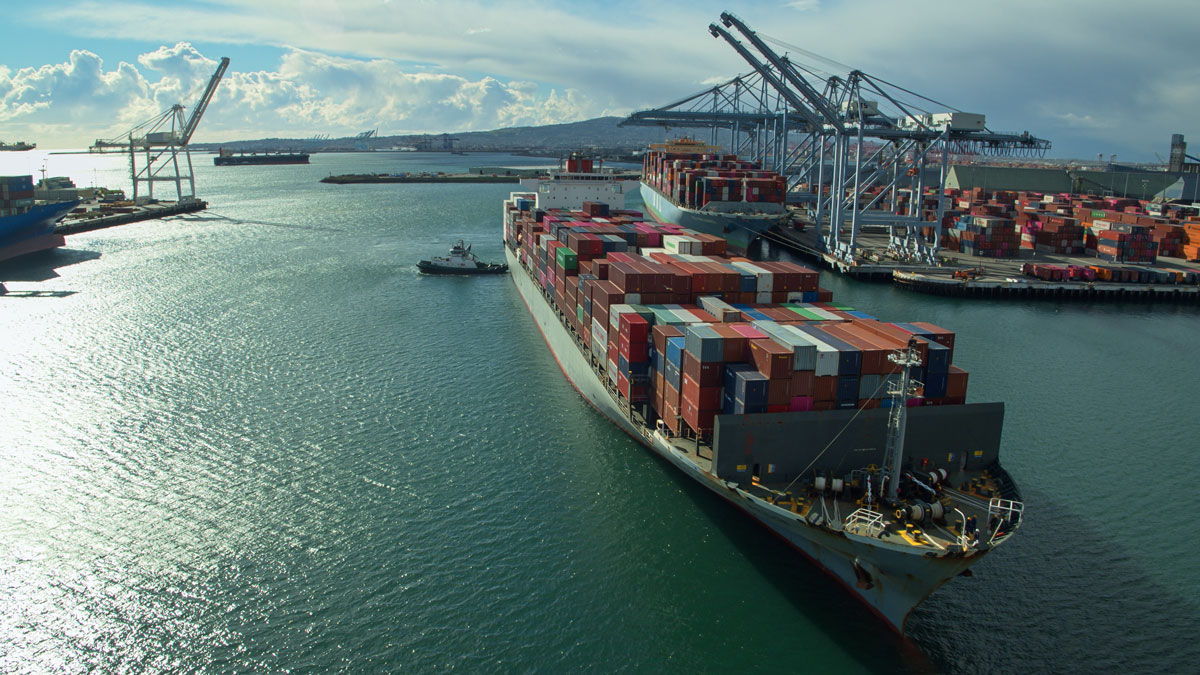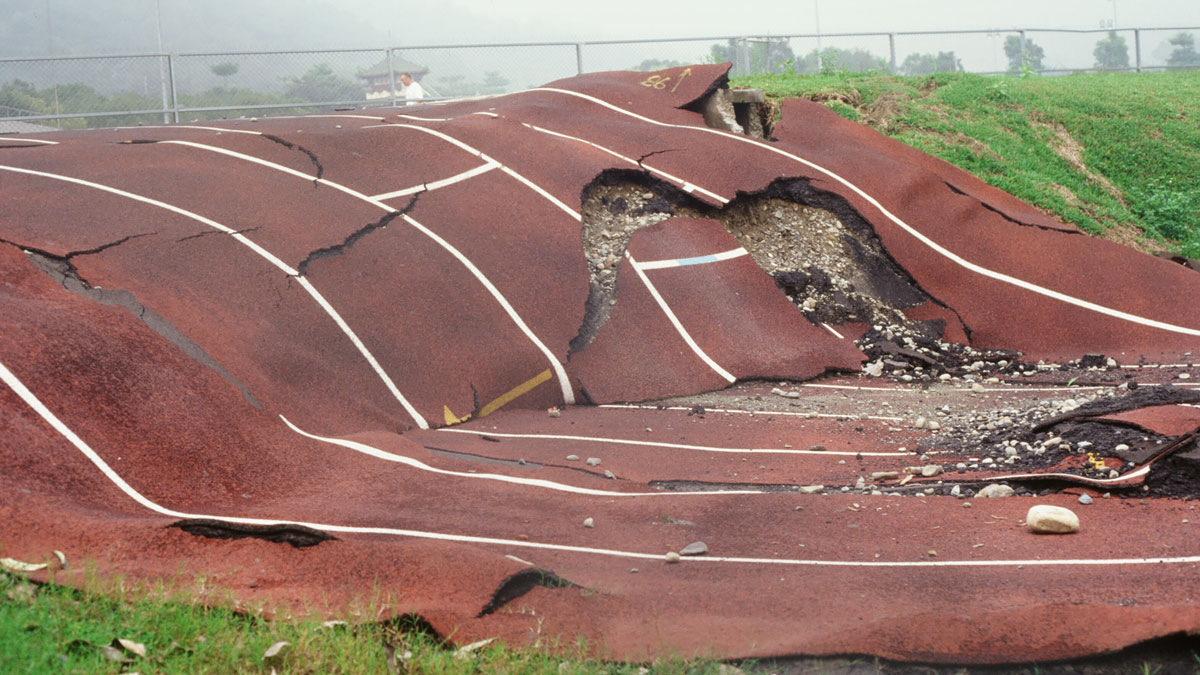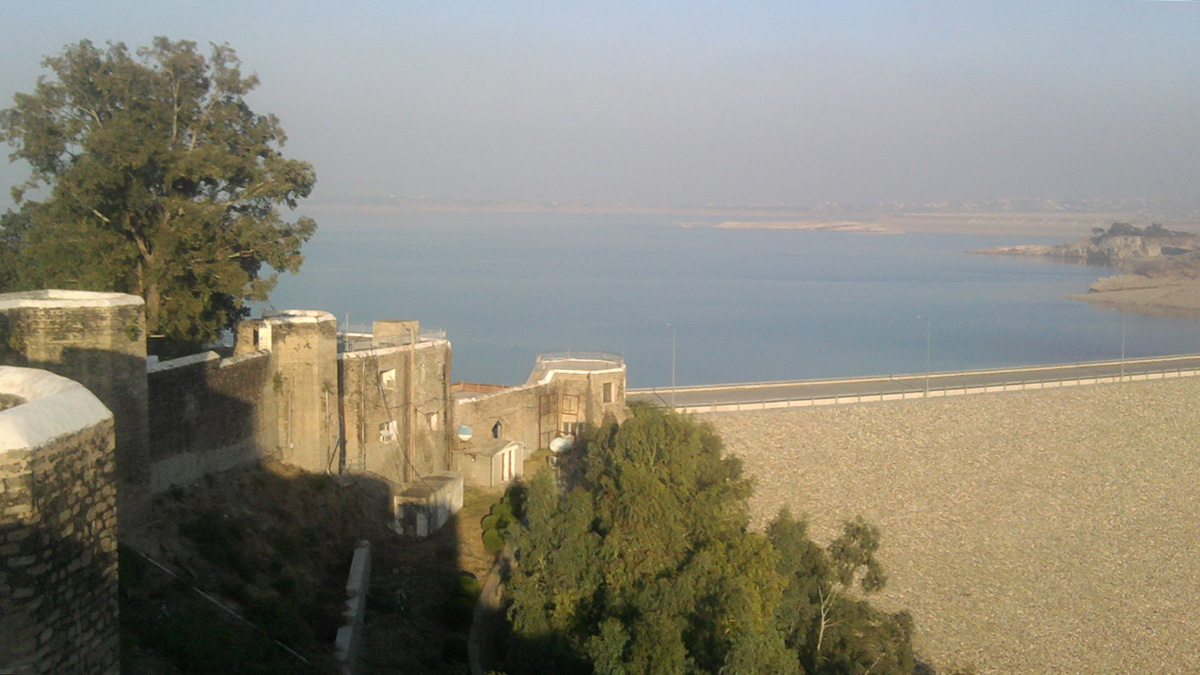Earthquakes may release bursts of electrical energy that can be felt in the ionosphere, kilometers above Earth. The theory remains controversial, though.
earthquakes
Comparing Machine Learning Models for Earthquake Detection
A new study evaluated the performance of emerging deep learning models for earthquake detection, phase identification, and phase picking.
Fiber-Optic Cables Can Produce High-Resolution Underground Maps
Telecom fiber repurposed as distributed acoustic sensing arrays can image near-surface structure and potentially improve seismic hazard mapping in urban areas.
A Giant Impact Triggered Earthquakes for Thousands of Years
When an asteroid struck South Africa during the Precambrian, earthquakes rocked the region for millennia as Earth’s crust reequilibrated, new research reveals.
Mountains Sway to the Seismic Song of Earth
The Matterhorn in the Swiss Alps is in constant motion, gently swaying back and forth about once every 2 seconds.
Rising Seas Boost Tsunami Impacts on Distant Shorelines
Modeling suggests that rising sea levels will render Southern California ports increasingly vulnerable to waves from distant-source tsunamis.
How Fault Surface Features Can Tell Us About Future Earthquakes
A new study suggests ways to quantify fault maturity, a property that affects earthquake characteristics.
A Monsoon-Filled Reservoir Might Have Nudged a Fault to Fail
New research examines whether a sudden increase in water loading in Pakistan’s Mangla Dam might have been connected to the 2019 New Mirpur earthquake.
Earthquakes Ripple Through 3D Printed Models of Los Angeles
Using stainless steel models, researchers find that high-frequency seismic waves—the most damaging to buildings—are attenuated in the Los Angeles sedimentary basin.


